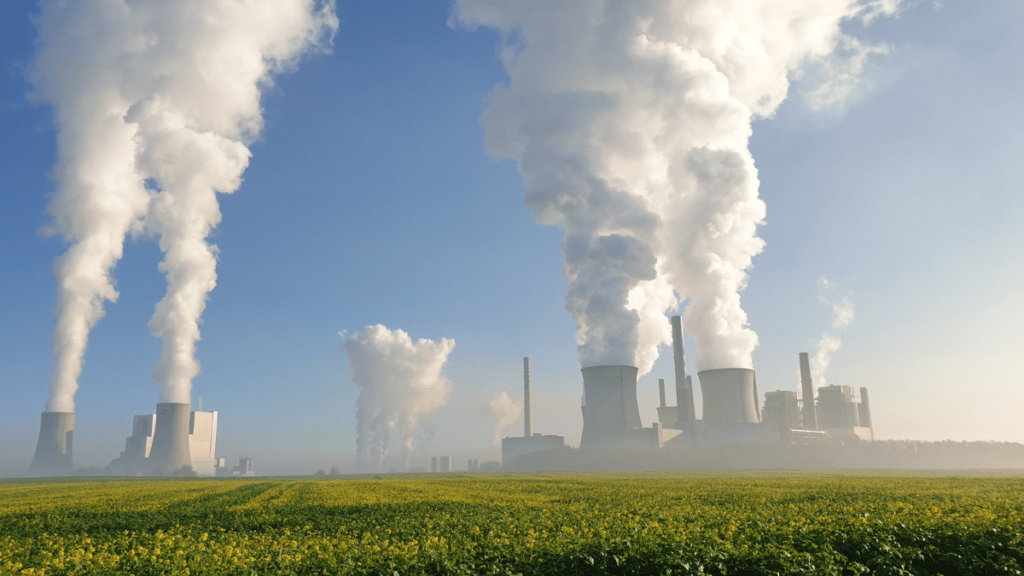
On Tuesday morning, MEPs reached a provisional agreement with Council to set up an EU Carbon Border Adjustment Mechanism to combat climate change and prevent carbon leakage.
According to the deal reached, an EU Carbon Border Adjustment Mechanism (CBAM) will be set up to equalize the price of carbon paid for EU products operating under the EU Emissions Trading System (ETS) and the one for imported goods. This will be achieved by obliging companies that import into the EU to purchase so-called CBAM certificates to pay the difference between the carbon price paid in the country of production and the price of carbon allowances in the EU ETS.
The law will incentivize non-EU countries to increase their climate ambition and ensure that EU and global climate efforts are not undermined by production being relocated from the EU to countries with less ambitious policies.
The new bill will be the first of its kind. It is designed to be in full compliance with World Trade Organisation (WTO) rules. It will apply from 1 October 2023 but with a transition period where the obligations of the importer shall be limited to reporting. To avoid double protection of EU industries, the length of the transition period and the full phase in of the CBAM will be linked to the phasing out of the free allowances under the ETS. This will be negotiated later this week in connection with the revision of the ETS and the results integrated into the CBAM regulation.
The scope of CBAM
CBAM will cover iron and steel, cement, aluminium, fertilizers and electricity, as proposed by the Commission, and extended to hydrogen, indirect emissions under certain conditions, certain precursors, as well as to some downstream products such as screws and bolts and similar articles of iron or steel.
Before the end of the transition period the Commission shall assess whether to extend the scope to other goods at risk of carbon leakage, including organic chemicals and polymers, with the goal to include all goods covered by the ETS by 2030. They shall also assess the methodology for indirect emissions and the possibility to include more downstream products.
The governance of CBAM will be now more centralized, with the Commission in charge of most of the tasks. By the end of 2027, the Commission will do a complete review of CBAM including an assessment of progress made in international negotiations on climate change, as well as the impact on imports from developing countries, in particular the least developed countries (LDCs).
Quote
After the deal, rapporteur Mohammed Chahim (S&D, NL), said: “CBAM will be a crucial pillar of European climate policies. It is one of the only mechanisms we have to incentivize our trading partners to decarbonize their manufacturing industry. On top of this, it is an alternative to our current carbon leakage measures, which will allow us to apply the polluter pays principle to our own industry. A win-win situation.”
A press conference with the rapporteur and Pascal Canfin (Renew, FR), the Chair of the Committee on Environment and Public Health is scheduled for Tuesday morning at 09.30 CEST in Strasbourg. More information on how to follow here.
Next steps
This partial deal is dependent on an agreement on the reform of the EU Emissions Trading System. Parliament and Council will have to formally approve the agreement before the new law can come into force. The new law will come into force 20 days after its publication in the EU Official Journal.
Background
CBAM is part of the “Fit for 55 in 2030 package”, which is the EU’s plan to reduce greenhouse gas emissions by at least 55% by 2030 compared to 1990 levels in line with the European Climate Law.
More information can also be found here.





